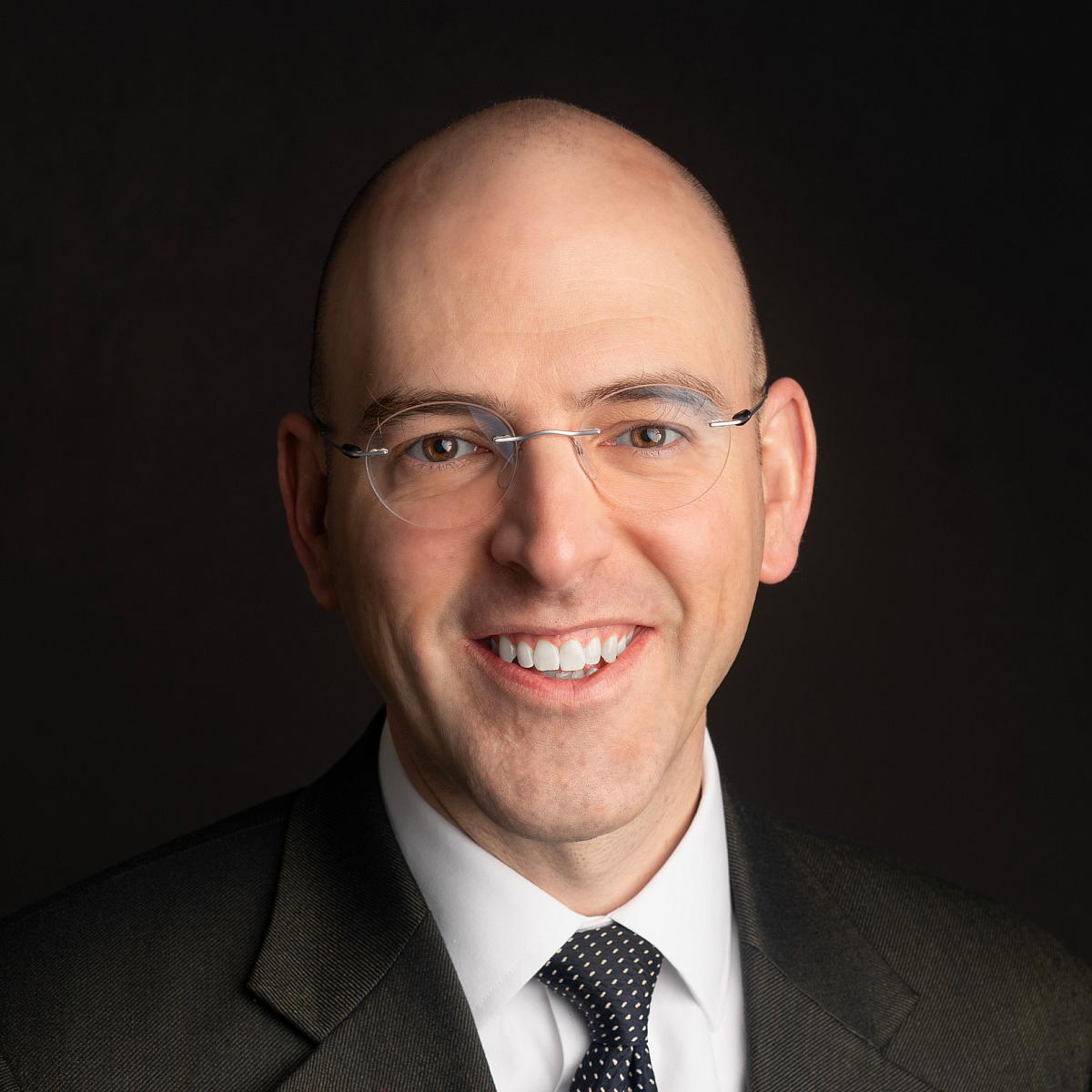
Sarcoma Center
Sarcomas are cancers that develop from tissues such as bone or muscle. While uncommon, the tumors can develop at any age and are often found in children and young adults. Together, Sarcoma Center members do research to improve understanding and management of these rare cancers. The center has these broad goals:
- Describe inherited factors that confer risk for sarcoma
- Identify and avoid defective cellular functions that result in these cancers
- Develop effective treatments
- Understand how these cancers affect survivors, particularly children, later in life
- Develop new imaging approaches and diagnostics for detecting and characterizing sarcomas
A Sample of Current Projects
Mimicking human tumors in mice
Recent scientific advances, including groundbreaking work by HCI researchers, make it possible to create “personal” mouse models of cancer, called xenografts, from an individual’s cancer cells. To make a xenograft, researchers implant tumor tissue from patients into mice. The grafted tumors grow, looking and behaving like the original human tumors. They even spread to the same places in the bodies of mice as in patients. Researchers have created mouse models for different types of sarcomas and use these to pursue new and improved cancer treatments.
The Sarcoma Center is engineering other mouse models of tumors based on the genetic alterations that have been discovered in human sarcomas. Sarcoma Center researchers have developed genetically engineered models of alveolar soft part sarcoma, clear cell sarcoma, osteosarcoma, and synovial sarcoma. They use these mouse models to test and improve cancer treatments, as well as to conduct basic research to understand the mechanisms and genetic basis of development in different types of sarcomas. Huntsman Cancer Institute has established a preclinical imaging facility to evaluate mice treated with cancer drugs over time in the same way patients are evaluated in clinical trials.
Understanding Ewing sarcoma
Ewing sarcoma is almost always caused by production of an abnormal protein encoded by parts of two different mutated genes. The protein, EWS/FLI, turns off genes that normally protect cells from cancer. So far, scientists have been unable to directly inhibit EWS/FLI. HCI researchers designed a drug that effectively with LDS1, a factor that promotes EWS/FLI activity. Treatment with this drug increased tumor suppressor gene activity, decreased activity of genes involved in cell division and cell growth, and restored normal cell shape in cultured Ewing sarcoma cells. This drug will soon be tested in clinical trials. Since the LSD1 enzyme is also associated with other cancers, if the drug is effective, it could have broad potential for cancer treatments.
Evaluating new therapies using MRI imaging
Sarcoma Center researchers are using advanced MRI imaging approaches to improve the tumor characterization before treatment and identify the effects of treatment. One study validates these approaches by comparing measurements from MRI imaging of patients with pathological analysis of their tumor tissues.
Supporting young cancer patients and survivors
The Huntsman Intermountain-Adolescent and Young Adult (HIAYA) program is a new initiative to support the special needs of people ages 15-39 undergoing cancer treatment. HIAYA provides a “chaperone” service to link these patients with optimal treatment, survivorship, fertility, and other supportive services. Sarcoma Center researchers are developing and implementing benchmarks to evaluate the utilization, reach, and patient satisfaction of this program.
